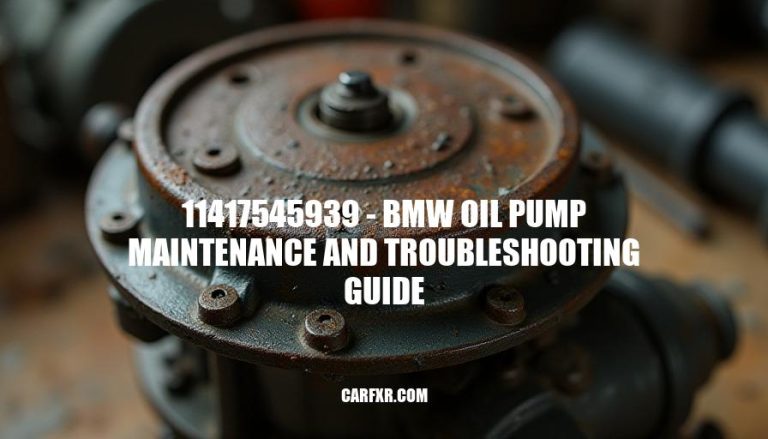
The BMW oil pump is an important part of the engine system. It helps keep the engine running smoothly by circulating oil to all the right places. This includes the crankshaft, camshaft, and pistons.
The oil pump makes sure these parts don’t get too hot or worn out. If it’s not working properly, the engine can overheat or break down. But when it’s working well, the engine runs smoothly and lasts longer.
The BMW Part oil pump 11417545939 is designed to ensure efficient oil circulation and engine protection for various BMW models. Here are the key specifications and features:
Design: The oil pump is engineered to provide consistent oil pressure and flow to the engine, ensuring optimal lubrication and cooling. It features a precision-machined impeller and housing to maintain efficient oil circulation.
Materials: The oil pump is constructed from high-quality materials, including durable aluminum and high-grade steel components, to withstand the harsh operating conditions within the engine.
Unique Attributes: The oil pump incorporates advanced technology to enhance its effectiveness in oil circulation and engine protection.
It is designed to minimize oil aeration and cavitation, which can lead to engine wear and damage. Additionally, the oil pump is equipped with a robust sealing system to prevent oil leaks and maintain optimal performance.
These features contribute to the oil pump’s ability to provide reliable and efficient oil circulation, ensuring the engine remains well-lubricated and protected under various operating conditions.
The genuine BMW Part oil pump 11417545939 is crucial for maintaining optimal engine performance, as it ensures efficient oil circulation and protection for various BMW models.


